Once your LMIA application is approved, you will want to send a copy of this letter and Annex A to the foreign worker. Then, the foreign worker can apply for a work permit! Processing times for work permits can vary depending on where the application was submitted.
To apply for a work permit, a worker needs
- A job offer letter
- A contract
- A copy of the lMIA
- The lMIA number
The Temporary Foreign Worker Program
The department of Employment and Social Development Canada (ESDC) oversees Canada’s LMIA process. In their analysis, ESDC will consider the following elements of the job offer:
- Is the salary offered to the foreign worker consistent with the average for the occupation in the area the position is located?
- Are the working conditions consistent with labour laws and/or collective bargaining agreements?
- Is there a labour shortage for that occupation in the area the position is located?
- Is there an ongoing labour dispute in the company and/or industry?
- Has the Canadian employer undertaken recruitment efforts to find a Canadian to fill the position?
- Will the foreign worker be able to transfer unique skills or expertise to Canadians?
- Will hiring foreign workers help to create or retain jobs for Canadians?
- Will the foreign worker be the employee of the Canadian employer, whereby the foreign worker is expected to work on a full-time basis at a pre-determined wage?
The TFWP is divided into streams for Higher-skilled workers and Lower-skilled workers. Positions located in skill levels 0, A, and B of the National Occupational Classification (NOC) system are placed in the Higher-skilled category. Positions located in skills levels C and D are placed in the Lower-skilled category.
Both streams contain two further sub-streams:
1) The Stream for Higher-Skilled Occupations — High-Wage Workers
2) The Stream for Higher-Skilled Occupations — Low-Wage Workers
3) The Stream for Lower-Skilled Occupations — High-Wage Workers
4) The Stream for Lower-Skilled Occupations — Low-Wage Workers
Positions where the prevailing wage rate, as set by ESDC, is below the provincial/territorial median wage will be considered low-wage. Those positions where the prevailing wage is at or above the provincial/territorial median wage will be considered high-wage.
LMIA Requirements:
1) The Stream of Higher-Skilled Occupations — High-Wage Workers
Advertising:
- National/Provincial Job Bank for at least 28 days (must remain posted until LMIA is issued)
- Two other sources of advertising, one of which must be national in scope.
Transition Plan
Employers must complete a detailed transition plan (to be explained in the next section).
2) The Stream for Higher-Skilled Occupations — Low-Wage Workers
Advertising:
1) National/Provincial Job Bank for at least 28 days (must remain posted until LMIA is issued).
2) Two other sources of advertising, one of which must be national in scope.
Cap on Low-Wage Temporary Foreign Workers
Employers with 10 or more employees applying for a new LMIA under this stream are subject to a cap. This is 10 percent of temporary foreign workers who may be employed at that worksite (to be explained below). There are some exceptions to the cap on low-wage temporary foreign workers.
3) The Stream of Lower-Skilled Occupations – High-Wage Workers
Advertising:
1) National/Provincial Job Bank for at least 28 days (must remain posted until LMIA is issued).
2) Two other sources of advertising, one of which must target under-represented groups.
Transition Plan
Employers must complete a detailed transition plan (to be explained in the next section).
4) The Stream of Lower-Skilled Occupations – Low-Wage Workers
Advertising:
1) National/Provincial Job Bank for at least 28 days (must remain posted until LMIA is issued).
2) Two other sources of advertising, one of which must target under-represented groups.
Cap on Low-Wage Temporary Foreign Workers Employers with 10 or more employees applying for a new LMIA under this stream are subject to a cap of 10 percent of temporary foreign workers who may be employed at that worksite.




